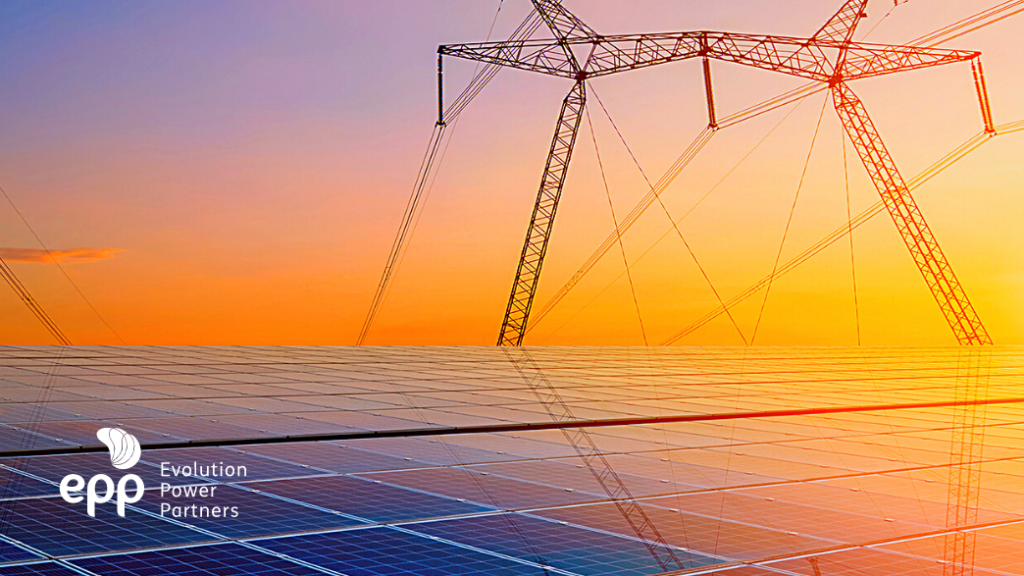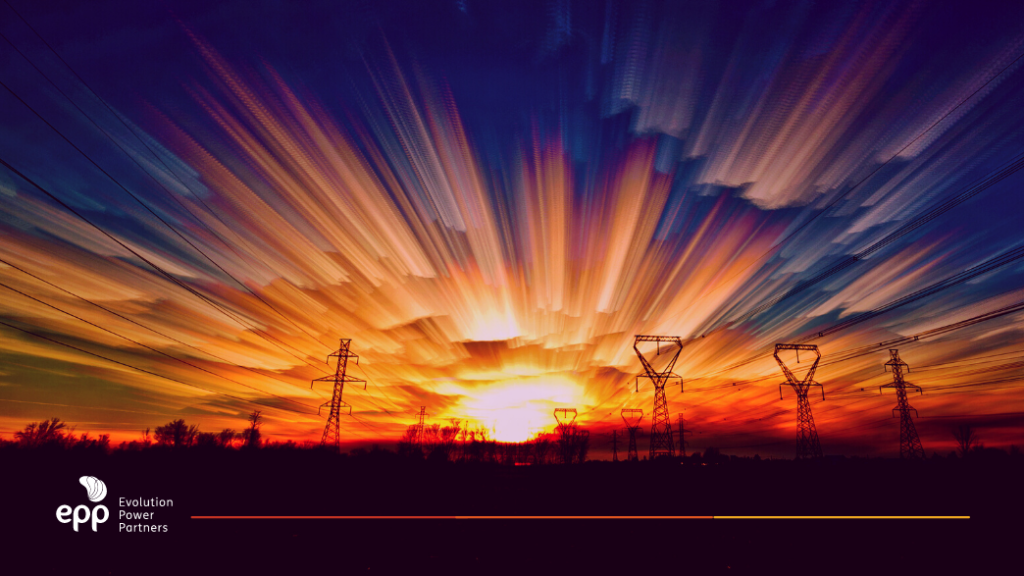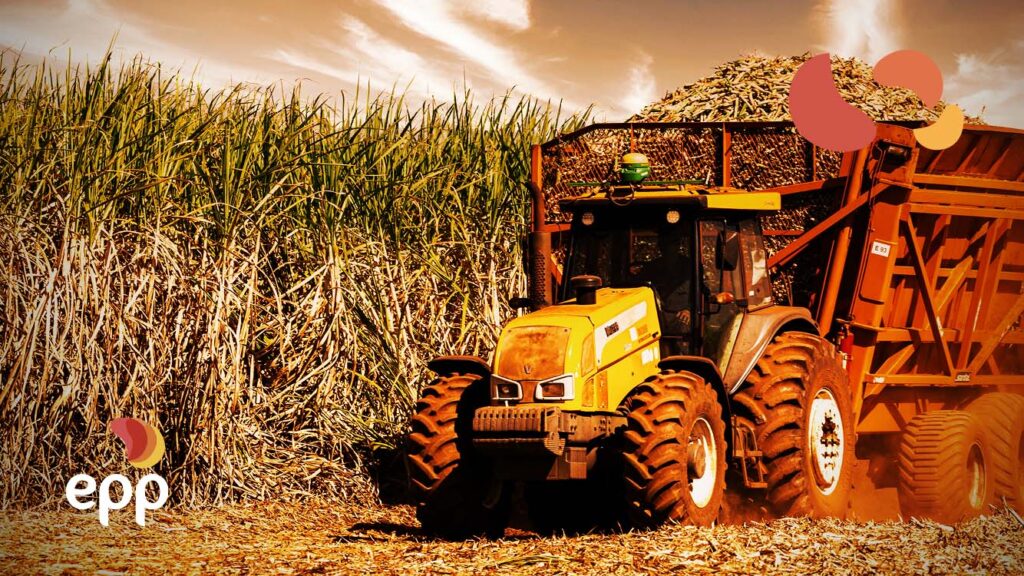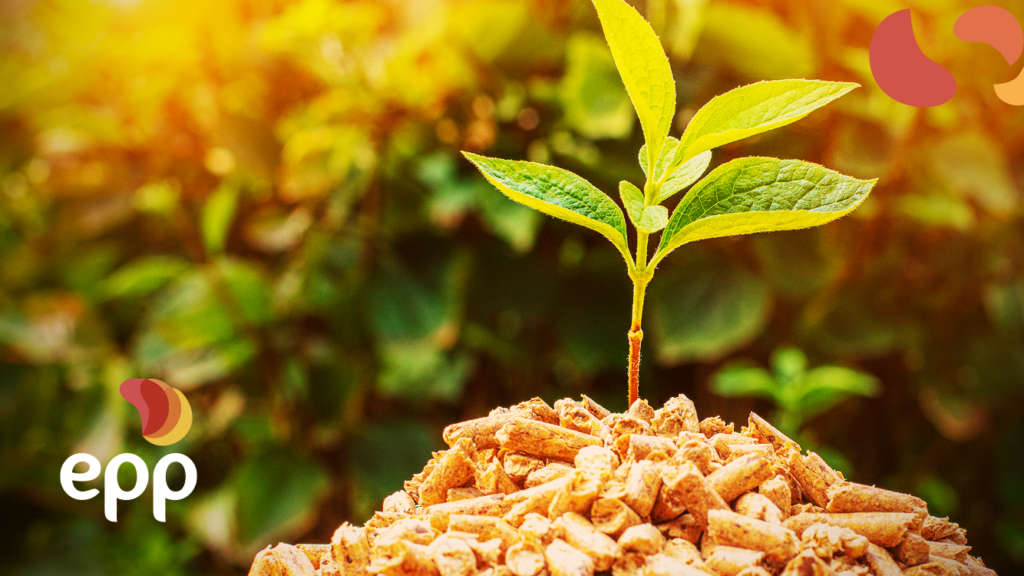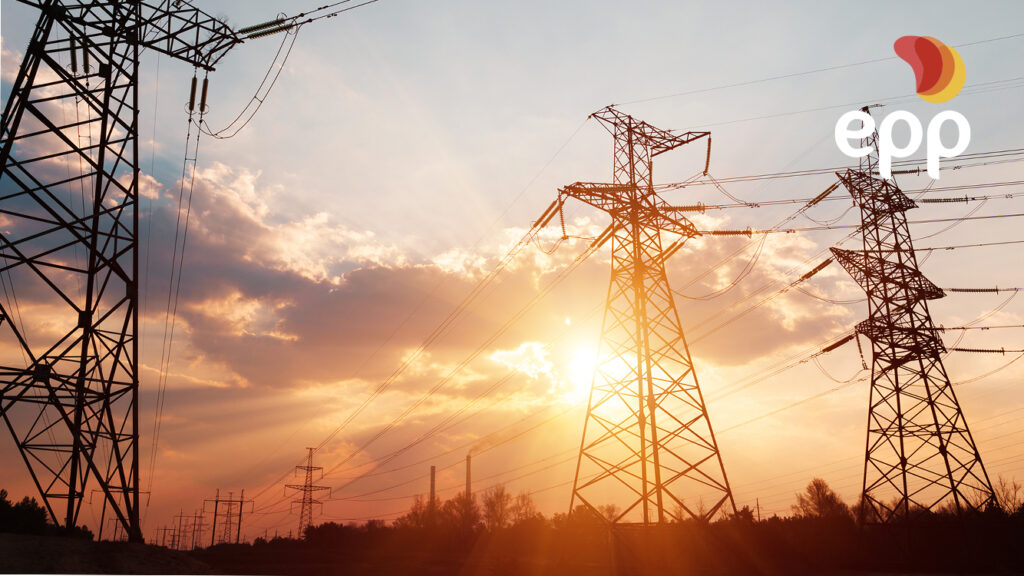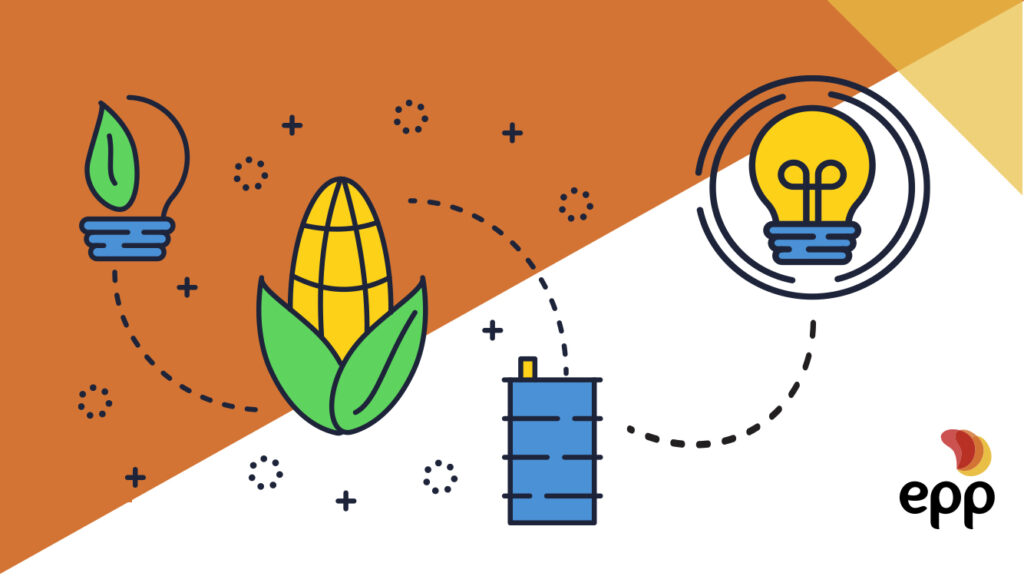Do you know how shared distributed generation (GDC) works? GD in Brazil was regulated by the National Electric Energy Agency (Aneel) in 2012 through Resolution 482. Its objective was to enable Brazilians to produce their own energy from renewable sources — such as wind, solar and biomass sources — and to supply the surplus for the distribution network.
Do you know what are the main sources of distributed generation used in Brazil? Distributed generation is a model in which consumers can generate their own energy. In addition to bringing savings and freedom to consumers, GD, as a system that decentralizes energy production, is also important for the electrical system that becomes more stable and less dependent on hydroelectric plants.
The updating of the sanitation legal framework created a new environment for the development of the RSU and renewables market in the country. The new basic sanitation framework aims to improve access and universalization of water and sewage services. But, in addition, the changes also attract new investments and benefit the urban solid waste energy recovery market (USW).
Currently, energy generation from biomass is responsible for 9% of the country's energy. See growth prospects. Biomass is any biodegradable fraction of organic matter products and waste, which can be used in energy generation. With the water crisis, there was a need to activate thermoelectric plants to meet the country's energy demand.
According to CCEE, in May 2021, thermoelectric plants that used sugarcane bagasse accounted for 33% of the energy supply coming from thermoelectric plants. Waste that was once a problem for the producer is now a source of renewable energy generation. Biomass-powered thermoelectric plants, such as sugarcane bagasse, wood and forestry industry residues, have a high […]
The national electric matrix is formed by 82.9% of clean energy, such as hydroelectric, biomass and solar energy, while the global average is 26.7%.
According to the Ministry of Mines and Energy, Brazil currently has 83% of its matrix originated from clean energy. The share is led by hydroelectric (63.8%), followed by wind (9.3%), biomass and biogas (8.9%) and solar (1.4%). Unlike the global average, Brazil is three times more sustainable than other countries.
One of the advantages of biomass energy is that it is a 100% renewable resource and has a low cost and high capacity for using waste. Do you know how biomass energy is produced? Biomass is the term used to define a mass of debris from living or decomposing organisms. It can be of animal or vegetable origin, such as food scraps, fruit peels, wood or by-products of livestock and agriculture.
